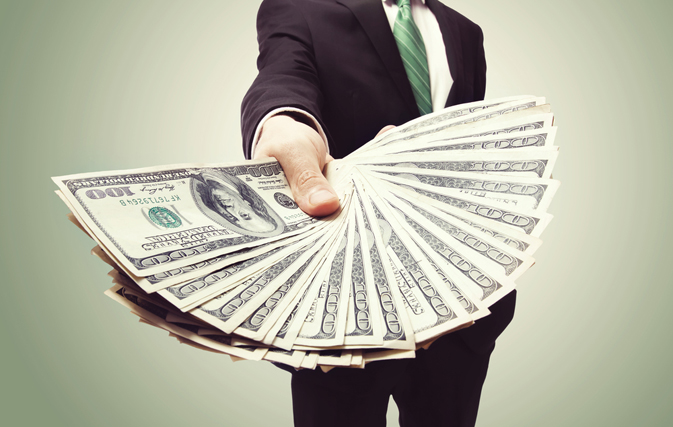DUBLIN — IATA has revised its 2016 financial outlook for global air transport industry profits, upwards to US$39.4 billion (up from $36.3 billion predicted in December 2015). The year’s projected profit is expected to be generated on revenues of $709 billion for an aggregate net profit margin of 5.6%. All told 2016 is expected to be the fifth consecutive year of improving aggregate industry profits.
In 2015 airlines generated a global aggregate profit of $35.3 billion (re-stated from $33.0 billion estimated in December 2015). All regions are making a contribution to the $4.1 billion boost over 2015 profits with improved results; but there are stark regional differences in performance, says IATA. Over half of the industry profits will be generated in North America ($22.9 billion) while African carriers are forecast to continue generating an overall loss (-$0.5 billion).
“Lower oil prices are certainly helping – though tempered by hedging and exchange rates,” said Tony Tyler, IATA’s Director General and CEO. “In fact we are probably nearing the peak of the positive stimulus from lower prices. Performance, however, is being bolstered by the hard work of airlines. Load factors are at record levels. New value streams are increasing ancillary revenues. And joint ventures and other forms of cooperation are improving efficiency and increasing consumer choice while fostering robust competition. The result: consumers are getting a great deal and investors are finally beginning to see the rewards they deserve.”
On average, airlines will make $10.42 for each passenger carried. “In Dublin, that’s enough to buy four double-espressos at Starbucks. Looked at from a different angle Starbucks will earn about $11 for every $100 in sales while airlines will make $5.60. We don’t begrudge Starbucks their profitability. But there is clearly still upside for airline profits,” said Tyler.
“Airlines are producing solid results even with some strong economic headwinds. It’s an impressive performance and the mood of the industry is generally optimistic,” he added.
IATA tabled its main forecast drivers:
- Oil Prices: The outlook is based on oil averaging $45/barrel (Brent) over the course of the year which is “significantly lower” than the $53.9 average price in 2015. The full impact of lower fuel prices is still being realized as hedges mature. Overall, fuel is expected to represent 19.7% of the industry’s expenses, down from a recent high of 33.1% in 2012-2013.
- The Global Economy: Weak economic conditions prevail. GDP is expected to expand by 2.3% in 2016. That is down from 2.4% in 2015 and the weakest growth since 2008 when the global financial crisis hit. Consumer spending is relatively strong, but the corporate sector is conserving cash, notes IATA.
- Passenger Demand: Passenger demand is robust with 6.2% growth expected in 2016. That is, however, a slowdown from the 7.4% growth recorded in 2015. Capacity is expected to grow slightly ahead of demand at 6.8%. Load factors are expected to remain high (80.0%), but with a slight slip from 2015 (80.4%). Yields are expected to fall by 7.0%. Unit costs, driven by lower fuel prices, are expected to fall by 7.7%. Overall the passenger business is projected to generate $511 billion in revenues, down from $518 billion in 2015.
IATA’s report notes that North American carriers continue to deliver the industry’s strongest financial performance with an expected net profit of $22.9 billion which is an improvement on the $21.5 billion reported for 2015. Passenger capacity is expected to expand by 4.3% in 2016, marginally outpacing an anticipated 4.0% increase in demand, but load factors are forecast to remain well above break-even levels.
European airlines are expected to post a $7.5 billion profit in 2016 (up from $7.4 billion in 2015). Passenger capacity is forecast to grow by 5.8%, ahead of expected demand growth of 4.9%. Terror incidents have had a dampening effect on demand in some key tourist centres, notes IATA.
In 2016 the average return airfare (before surcharges and taxes) is expected to be $366 which is a 62% reduction on 1995 levels (after adjusting for inflation). Passenger numbers are expected to reach 3.8 billion. And the network of unique city pairs will reach 18,243.

